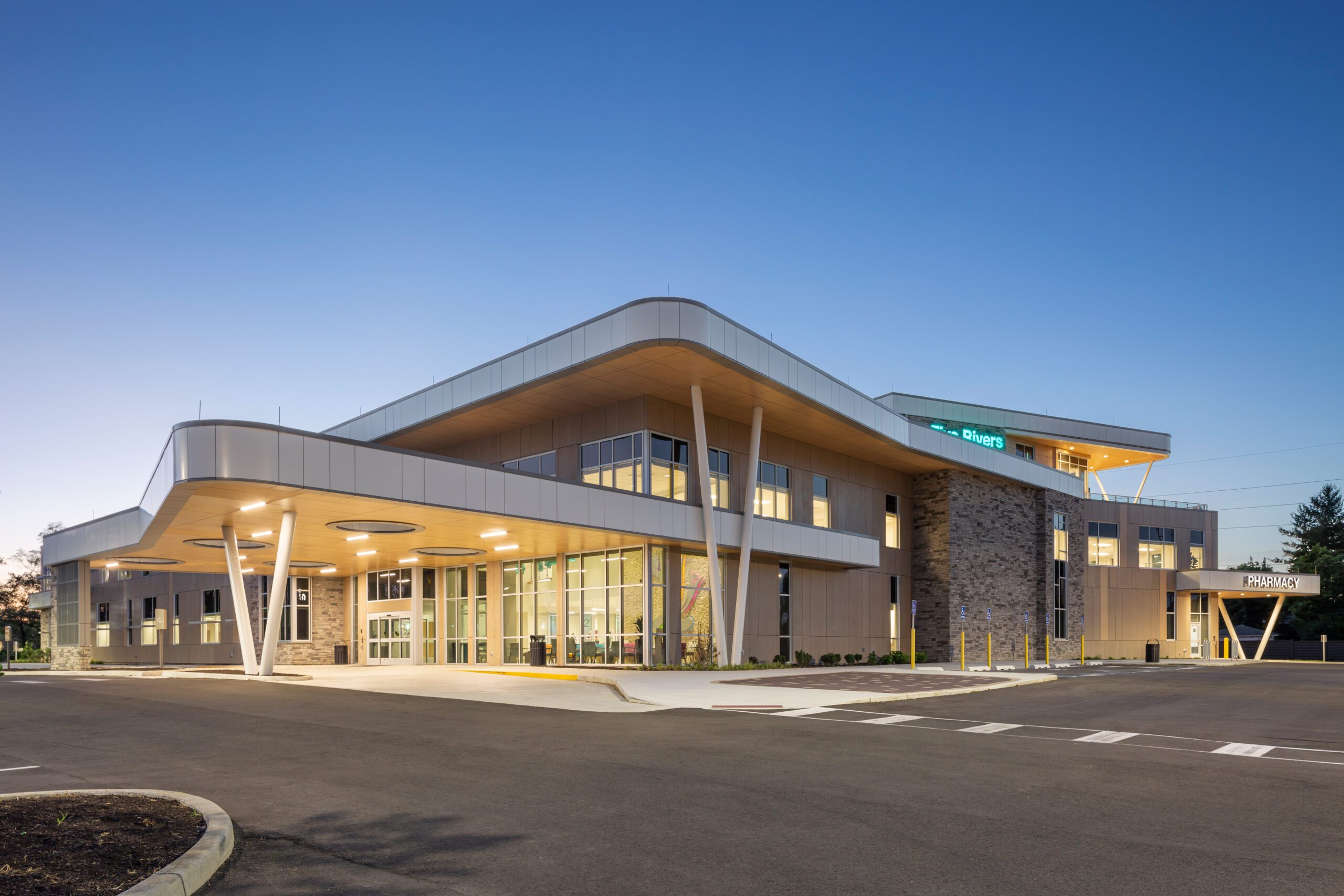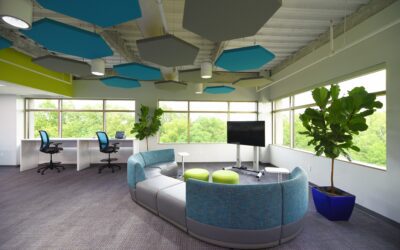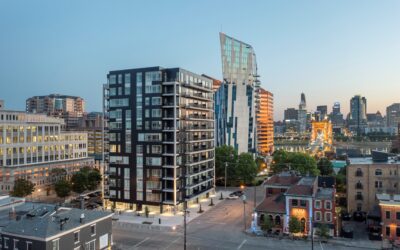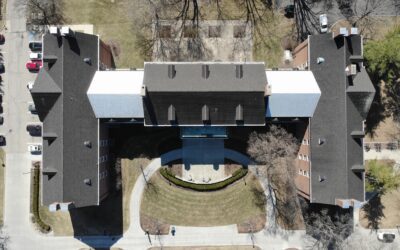The office as we knew it has undergone significant changes. With more people splitting time between home and work, hybrid setups have gone from experimental to essential. Now, companies are rethinking what an office should do. It’s not desks and conference rooms...
Building For the Future: Why Sustainable Architecture Matters More Than Ever
Climate change is real, and people are becoming more aware of its effects. Sustainable design is now essential. Developers, clients, and design teams realize that buildings must serve both present and future needs. We need to create spaces that let future generations thrive.
What Does Sustainable Architecture Mean?
Sustainable architecture means building with care for the Earth. It also supports the people who live and work in these spaces. This starts with careful planning. You must choose the right location, select eco-friendly materials, and use energy-efficient systems and modern building methods.
But architects can’t do it alone. Real sustainable design needs teamwork. Involving MEP engineers early ensures success. This is especially true for energy-saving HVAC systems and plumbing that cuts water waste. Collaboration is key.
Why It Matters: The Real-World Payoff
The Financial Upside
One clear reason to build sustainably? It saves money over time. Combining passive design with efficient systems and durable materials leads to lower running and maintenance costs. Sustainable buildings often have higher value. They attract more tenants and buyers, too.
Smaller Carbon Footprint
Buildings contribute nearly 40% of global carbon emissions. Sustainable architecture helps reduce this by cutting waste and conserving resources. Features like solar panels, green roofs, and high-performance insulation help lower emissions during construction and daily use.
Better for People
Sustainable buildings also enhance human health and comfort. They provide fresh air, natural light, and stable indoor temperatures. For those developing offices, schools, or housing, these benefits lead to healthier, more productive spaces for everyone.
Making It Work: The Power of Integration
True sustainability occurs when architecture and MEP engineering work together from the start. This collaboration produces buildings that are both beautiful and efficient.
Here are a few examples:
- HVAC systems designed for a building’s layout and climate save energy while maintaining comfort.
- Water-saving features, like low-flow fixtures and rainwater systems, maximize efficiency.
- Smart lighting uses natural light and LEDs to lower energy bills and enhance spaces.
These strategies are eco-friendly and reveal design possibilities we otherwise overlook.
It’s Not Just Theory—It’s Proven
In a recent education project, sustainable architecture was essential, not just a design goal. The team replaced old school buildings on a steep, tight site. They managed brownfield cleanup and complex schedules while schools remained active. Over 1,000 PK–12 students now share one space. The project earned LEED Gold certification, exceeding the LEED Silver standard. Sustainability is a must, not a bonus. This success shows what can happen when design, technical skill, and community needs align. The outcome is a strong, energy-efficient school. It reflects the district’s values and the future of education in Ohio.
Clearing Up the Confusion
Are you worried that sustainable design is too costly or complex? You’re not alone. While there might be a bit more upfront investment, the long-term savings, such as energy costs and tax breaks, make it worth it. It scales! Whether it’s a small apartment complex or a large office park, you can customize sustainable strategies to meet your needs.
Smarter Design for What’s Ahead
Sustainable architecture isn’t just a trend—it’s an innovative way to build. With thoughtful design and integrated engineering, you create more than buildings. You build long-term value, resilience, and a lighter footprint for the future.
If you want to make your next project sustainable, our team is ready to help you every step of the way.
Inside the Design and Development of Multifamily Housing
Multifamily housing is one of the most dynamic sectors in the architecture world. While it may seem like a straightforward process from the outside, the reality is much more complex. From early market studies to architectural planning, from sustainability initiatives...
Building Enclosure: Durability and Performance in Architecture
One of the most essential yet frequently overlooked aspects of architecture is the building enclosure, or the exterior "skin" of the structure. This includes the outer components—such as walls, windows, doors, and roofs—that protect the building's interior from...
project highlights
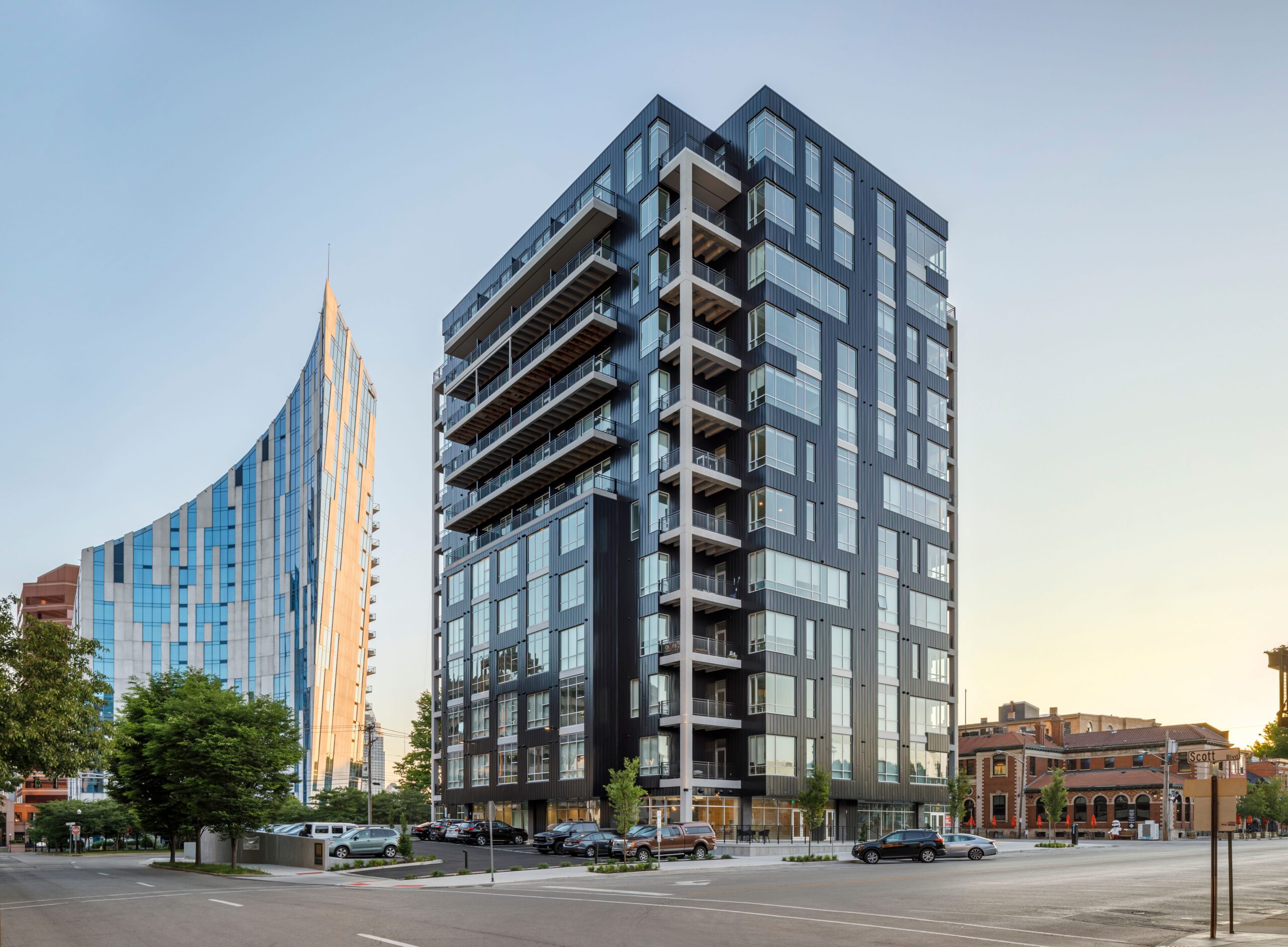
The Hayden
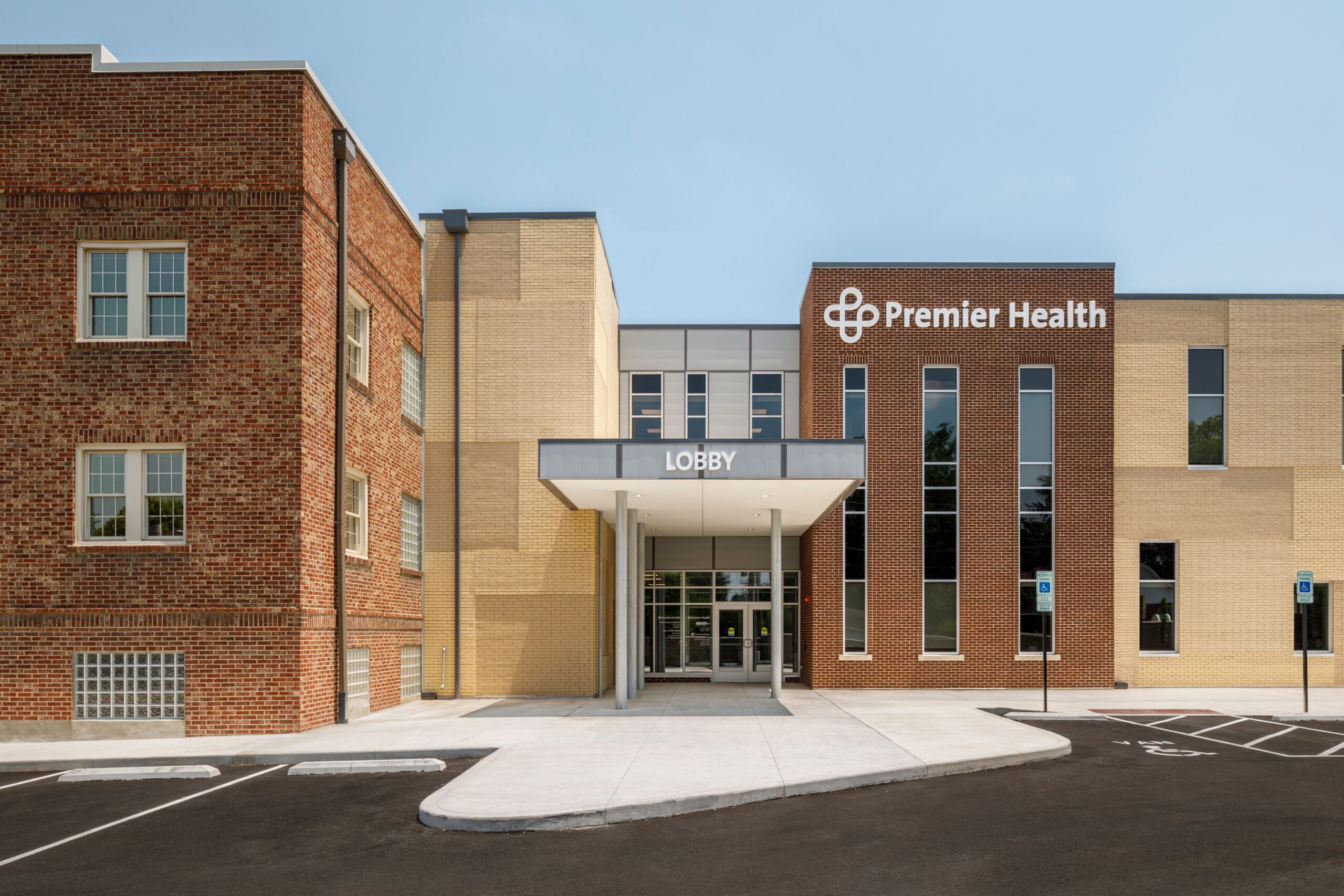
Brown Street MOB
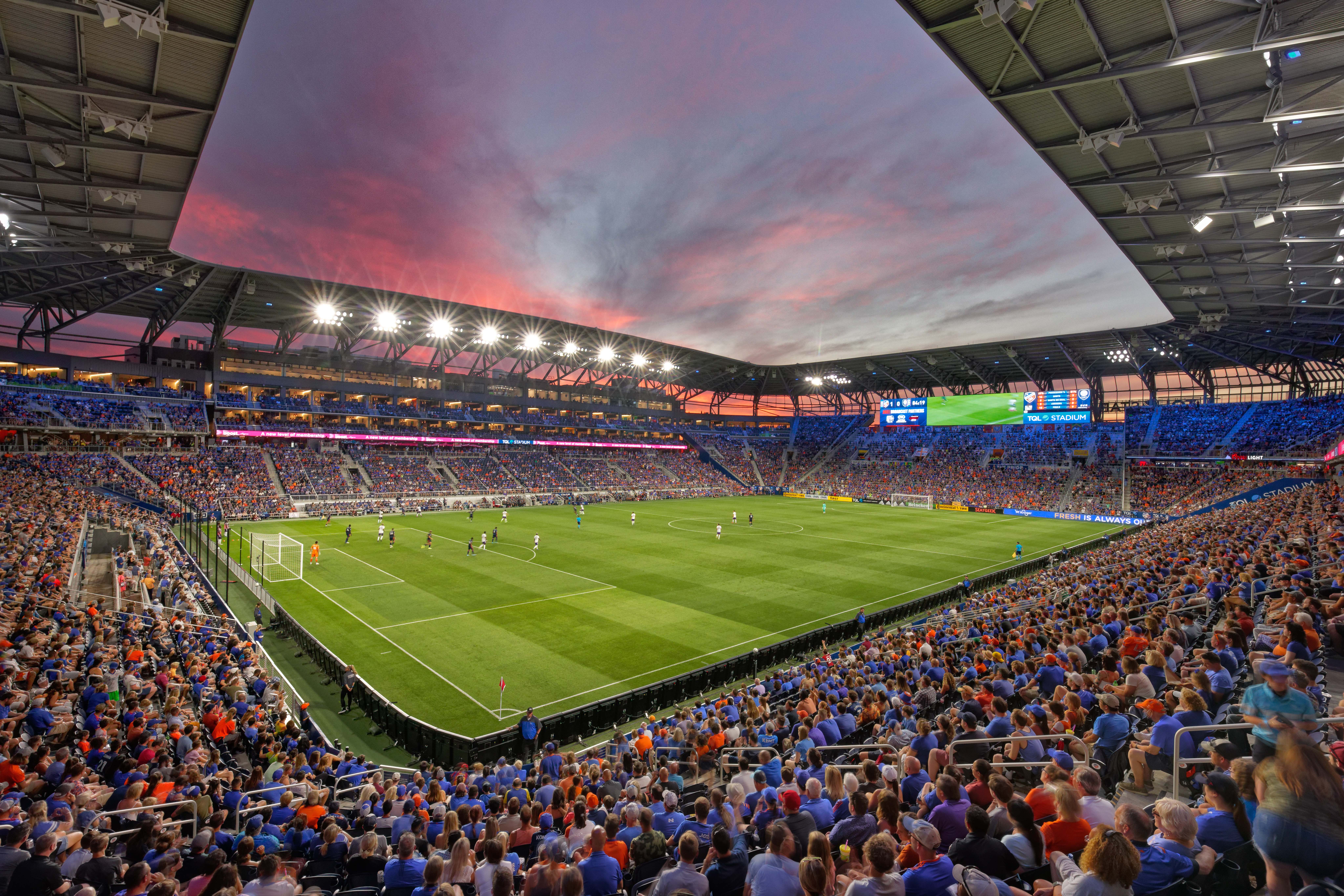
TQL Stadium
